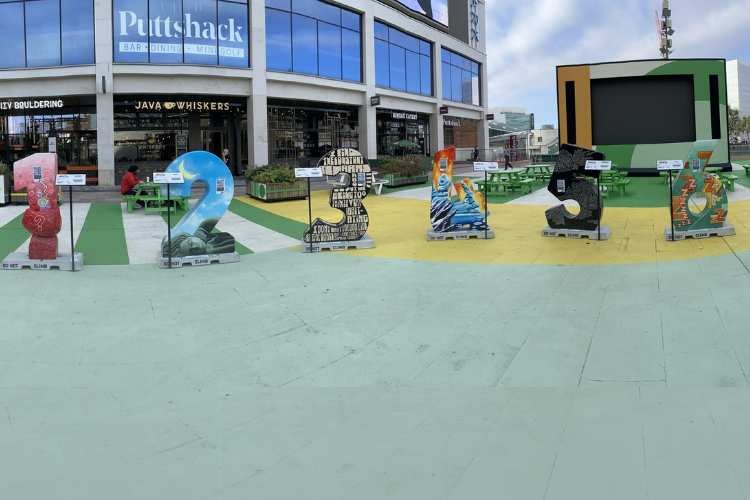Novartis has taken a creative approach to raise awareness about rare blood cancers, specifically myeloproliferative neoplasms (MPNs), which impact approximately 4,100 individuals annually in the United Kingdom. The pharmaceutical company, known for its drug Jakavi used in treating MPNs, has collaborated with artists to craft sculptures that vividly depict the ten key symptoms associated with these conditions. This innovative art exhibition aims to educate the public and healthcare professionals about MPNs, ultimately leading to earlier diagnoses.
MPNs often manifest symptoms such as fatigue, difficulty concentrating, and night sweats, which can be mistaken for signs of other ailments, causing delays in identification. Novartis seeks to elevate MPNs on the list of potential causes that patients and doctors consider when encountering these symptoms. By doing so, they hope to facilitate early intervention and better symptom management for those living with MPNs and expedite diagnosis for those currently undiagnosed.
“More needs to be done to recognize and identify these symptoms early so that people living with the condition can seek help from medical professionals to better manage their symptoms, and those who are undiagnosed can seek a potential diagnosis sooner.”
– Alisia O’Sullivan, a MPN patient and MPN Voice volunteer
This extraordinary art exhibition made its debut at London’s Westfield shopping center and will be showcased there for a week before embarking on a tour of various cities in the UK. By encouraging individuals to consider MPNs as a potential explanation for these ten symptoms, Novartis not only promotes awareness but also supports the growth of one of its flagship products, Jakavi. In the second quarter, Novartis witnessed an impressive 11% increase in Jakavi sales, amounting to $435 million, driven by rising demand in emerging markets, Japan, and Europe. This creative initiative not only sheds light on a rare medical condition but also underscores the power of art in healthcare communication and advocacy.





























